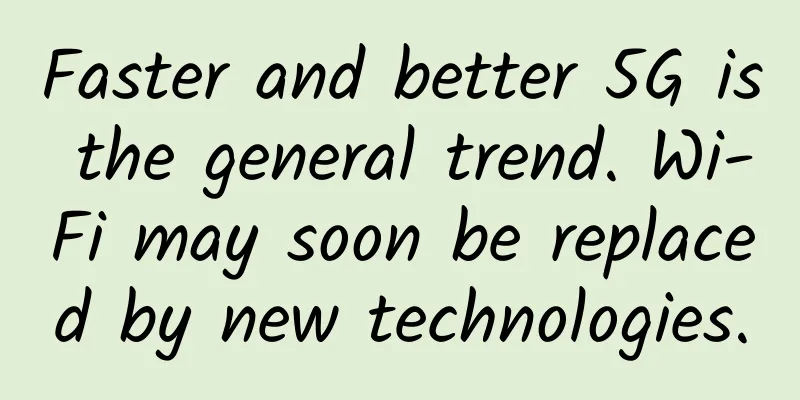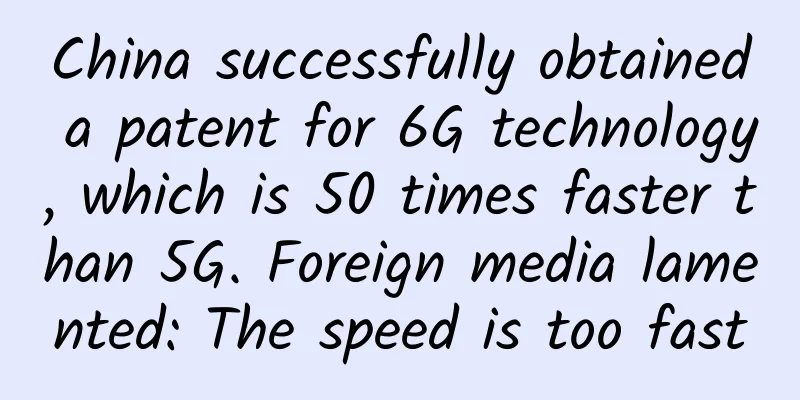6 ways 5G will change IoT solutions

|
The implementation of 5G will facilitate the development of smoother, more powerful and multi-layered networks. How will this impact the IoT solution space? First, it will accelerate the dawn of smart cities.
Why is 5G one of the most eagerly anticipated technologies in recent memory, and why is it so geopolitically important? Because 5G has the potential to change the world. Operators and investors around the world are betting an estimated $1 trillion on 5G becoming the de facto global wireless communications standard between 2018 and 2025. That bet is certainly safe for a number of reasons, many of which have to do with the transformation that 5G heralds for the Internet of Things. Here are six ways 5G will change the IoT: 1. Easier connection While speeds are up to 100 times faster, that’s not the only obvious way 5G improves on current protocols. You can think of 5G as the next generation of Wi-Fi. You're used to having a central router in your home or workplace that sends radio waves to any nearby devices so they can connect to the internet using Wi-Fi. Desktops, laptops, phones, smart home devices, watches, bathroom scales, refrigerators, and all our other Internet-connected items currently use these routers to work. Instead, 5G connectivity will allow each device to connect wirelessly, either individually or directly to your internet service provider. We'll also need to use routers for the time being while we wait for carriers to further develop our 5G infrastructure and for electronics companies to produce devices that can stay connected while consuming almost no power. 2. New business models According to Nokia, one of the expected results of widespread 5G adoption is the potential for new business models and new ways to deliver services to wireless customers across all IoT devices, including business locations. Nokia said that "network slicing" will bring opportunities that are not possible with 4G or earlier technologies. Network slicing involves using the same infrastructure for all customers. However, developers will create highly differentiated personalized QoS (quality of service) layers and feature packages for different customer types. In other words, 5G will eliminate the need for enterprise customers to provision multiple types of devices to get them online. Nokia predicts that network slicing could increase service providers’ operating margins by 5%, and that up to 15% of current internet users will be interested in premium services. The speed and flexibility of 5G will make this a reality. 3. Helping smart cities grow Cities have always been the epicenter of our socialization and economic and technological progress. The United Nations says that by 2050, 68% of the world's population will live in urban areas. The Brookings Institution says about 75% of U.S. GDP comes from its 100 largest metropolitan areas. Smart cities invest in our infrastructure, cities, and efficient living for all, and 5G will help this concept mature. To create these cities, workers will:
By investing in this technology, cities around the world can begin to achieve greater economic competitiveness and inclusion. The implementation of 5G will facilitate the development of smoother, more powerful networks in cities and will help bring technologies such as self-driving cars to widespread use. 4. Improve agricultural management Big concepts like the Internet of Things and artificial intelligence seem to grow into fully realized products in just a few years. For example, Microsoft frequently airs commercials touting the power of their AI in helping farmers predict and maximize crop yields and minimize the use of water, pesticides, and fertilizers. This moment is crucial for such innovation. However, AI is only a small part of the picture. IoT is the mechanism that acts as eyes and ears in delivering large amounts of useful data to environmental sensors and connected agricultural equipment. Given that the world population is expected to reach 9.6 billion by 2050, it makes sense to invest in IoT now. Then, we can begin to gain deeper insights into soil and environmental health and how to best use our resources. 5. Improve resource management efficiency The agricultural focus is just the beginning for 5G, and it represents a huge leap forward in connectivity and functionality. Companies looking to use IoT for resource and facility management will find that sensors are more cost-effective than ever before. They can add these sensors to just about everything, from material handling and manufacturing equipment to vehicles that transport raw materials between facilities. 5G will have the potential to fully connect our supply chains. Data will be able to flow freely between business partners and within organizations. 6. Connecting underserved communities Consumers and companies alike will benefit from 5G technology, and healthcare is a prime example. While a large portion of the population lives in urban centers, remote communities and rural areas around the world often suffer from a lack of access to infrastructure and services, including medicines. With the power of 5G, telemedicine will become a more viable tool in hospitals and private clinics. Health wearables have shown effectiveness in helping a variety of at-risk populations address health issues and improve patient outcomes. Smoother connectivity with 5G could bring more meaningful capabilities to patients and their doctors. For example, 5G could help important data (which could indicate future health problems) be delivered more quickly. Having more widely available reliable, high-speed wireless internet will also improve the quality of other telehealth services, including patient care and patient-doctor video conferencing. Telemedicine reduced unnecessary emergency room visits by nearly 7%, which is critical for people living outside of urban centers and those who have difficulty traveling. 5G’s contribution will continue 5G will bring IoT into the consumer and commercial mainstream in many ways. We are only beginning to understand its full implications and opportunities. |
<<: In the era of instant messaging, what else can 5G bring us besides speed?
>>: Network | Not the best, will 5G abandon TCP/IP?
Recommend
Industrial IoT is so important to enterprises that future security is also a focus
Today, the use and growth of mobile technology ha...
Tudcloud: Hong Kong VPS with 70% discount for the first month starting at $2.7, with options for high bandwidth or unlimited traffic
Tudcloud has released this month's promotion....
What exactly is 5G security and why is it important?
New technologies always bring with them a lot of ...
Verizon expands 5G enterprise network to 24 cities in the U.S.
Beijing time, April 16th morning news, the larges...
Liu Biao, technical expert of the Information Accessibility Products Alliance: Using emerging technologies to reduce barriers to information access
[51CTO.com original article] When people use vari...
10 things to know about MU-MIMO Wi-Fi
Multi-User MIMO allows multiple Wi-Fi devices to ...
The winner of Huawei Ecosystem Partner Elite Competition is finally revealed, and the cloud ecosystem embarks on a new journey
[51CTO.com original article] On October 28, after...
Programming Practice: How to parse domain names in the program
[[403061]] This article is reprinted from the WeC...
Officials have spoken! 5G network full coverage is too far away, and it will take another five to eight years to achieve
Although China's 4G network is not the best i...
Eight SEO optimization tools you must master in 2019
For cross-border e-commerce sellers in 2019, the ...
Moderately advance the high-quality development of 5G
This year's "Government Work Report"...
From theory to practice: the wide application of MUX VLAN in the network
Background of MUX VLAN MUX VLAN (Multiplex VLAN) ...
Is 5G network harmful to the body? Scientific facts answer your questions
There are many rumors that 5G is harmful to the h...
What to do if the Wi-Fi signal at home is not good? Here are 4 tips
Everyone needs Wi-Fi at home, but for various rea...
Maxthon Hosting: VPS in Hong Kong Cera Data Center starts at 40 yuan per month, and Hong Kong CN2 line starts at 60 yuan per month
Maxthon Hosting has long provided 20% discount co...
![[Security Alert] Baota Panel suspected vulnerability or Nginx abnormality](/upload/images/67cabfe7c791c.webp)








